Semi-Double Flowering Plants – Learn About Flowers With Semi-Double Blooms
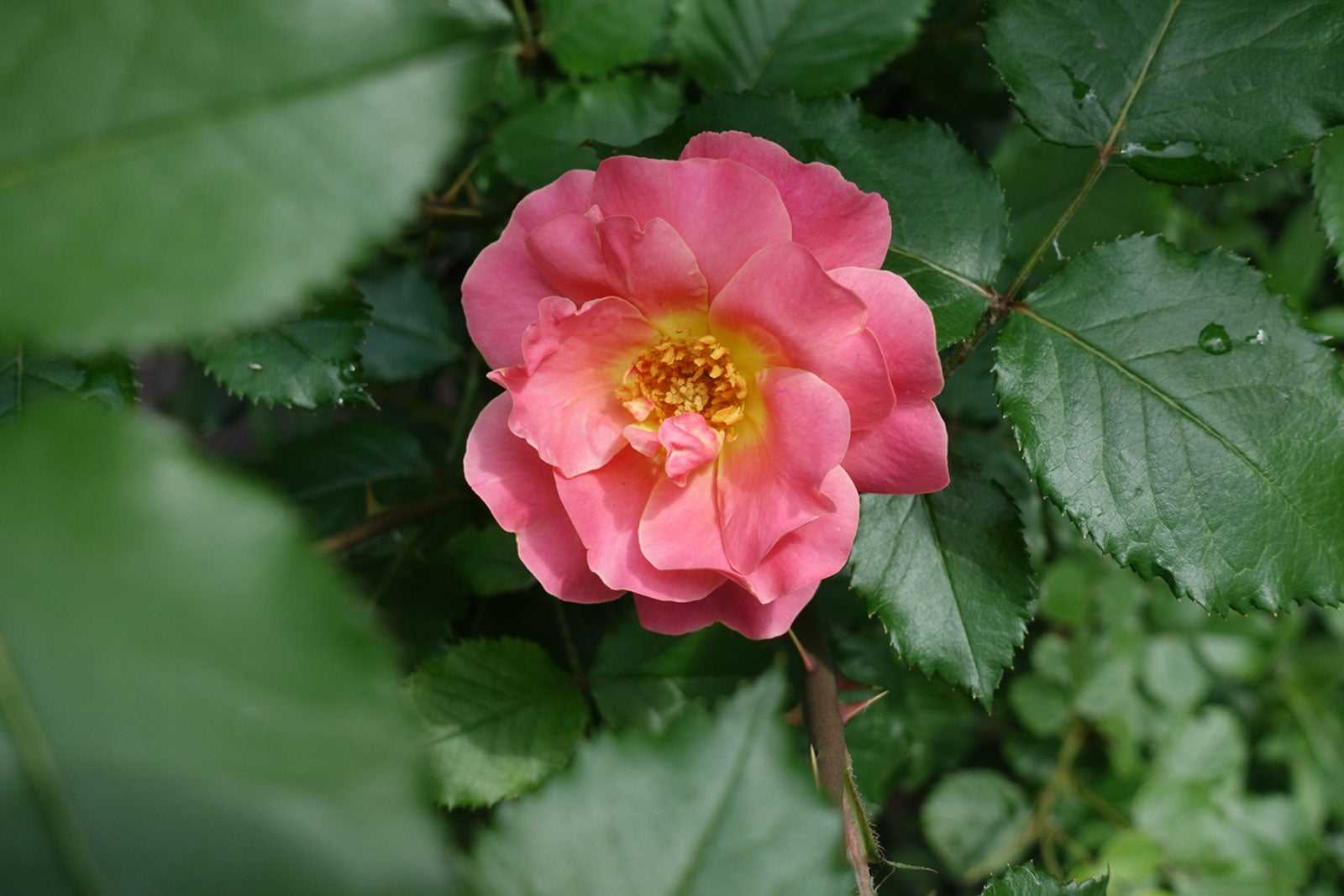

What is a semi-double flower? When it comes to growing flowers, it can be difficult to sort through the various terminology and nearly countless ways of describing blooms. Understanding what growers mean by “single” and “double” blooms is fairly straightforward, but the term “semi-double blooms” is slightly more complex.
Single, Double, and Semi-Double Petals
Let’s explore the concept of semi-double flower plants, along with a few tips for identifying a semi-double flower.
Single flowers
Single flowers are comprised of a single row of petals arranged around the center of the flower. Five is the most common number of petals. Plants in this group include potentilla, daffodils, coreopsis, and hibiscus.
Flowers such as pansies, trillium, or mock orange generally only have three or four petals. Others, including daylily, scilla, crocus, watsonia, and cosmos, can have up to eight petals.
Bees prefer single flowers, as they provide more pollen than double or semi-double blooms. Bees are frustrated by double flowers because the stamens are often not functional or are hidden by the dense petals.
Double and semi-double flowers
Double flowers generally have 17 to 25 petals radiating around the stigma and stamen in the center of the plant, which may or may not be visible. Double flowers include lilacs, most roses, and types of peonies, columbine, and carnations.
Double flowers are actually abnormalities, but herbalists of the Renaissance period recognized the beauty of the blooms and cultivated them in their gardens. Sometimes, double flowers are flowers within flowers, like daisies.
Gardening tips, videos, info and more delivered right to your inbox!
Sign up for the Gardening Know How newsletter today and receive a free copy of our e-book "How to Grow Delicious Tomatoes".
Semi-double flowering plants have two to three times more petals than typical single flowers, but not quite as many as double blooms – generally in two or three rows. Unlike many varieties of double flowers, semi-double petals allow you to see the center of the plant.
Examples of semi-double flowers include gerbera daisies, certain types of asters, dahlias, peonies, roses, and most types of Gillenia.

A Credentialed Garden Writer, Mary H. Dyer was with Gardening Know How in the very beginning, publishing articles as early as 2007.
-
 Looking For Plants To Give You The Soft And Fuzzies? Try These 5 Fuzzy Leaf Plant Options
Looking For Plants To Give You The Soft And Fuzzies? Try These 5 Fuzzy Leaf Plant OptionsLovers of texture, drama, silver foliage and tactile plants will adore these special sensory garden additions. These fuzzy leaf plant options will leave you all aglow
By Susan Albert
-
 Get Ready For A Summer Of Hummers! Grow These Full Sun Hummingbird Plants and Flowers
Get Ready For A Summer Of Hummers! Grow These Full Sun Hummingbird Plants and FlowersIf you’re lucky enough to enjoy a sunny backyard, make sure you are maxing out on your pollinator opportunities and grow these full sun hummingbird plants and flowers
By Tonya Barnett
-
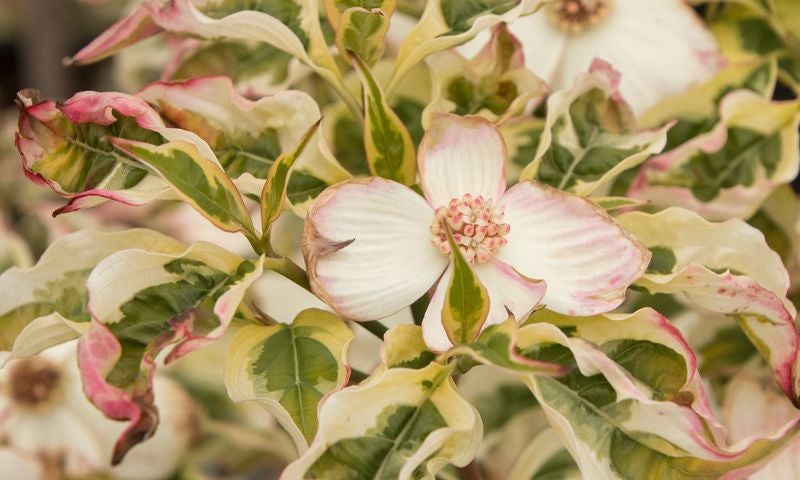 20 Hard-to-Find Spring Flowers & Plants That Look Amazing All Season
20 Hard-to-Find Spring Flowers & Plants That Look Amazing All SeasonIt’s finally beginning to look like spring! If you’re eager to find some unique, hard-to-find varietals to satisfy your spring fever, look here first.
By Caroline Bloomfield
-
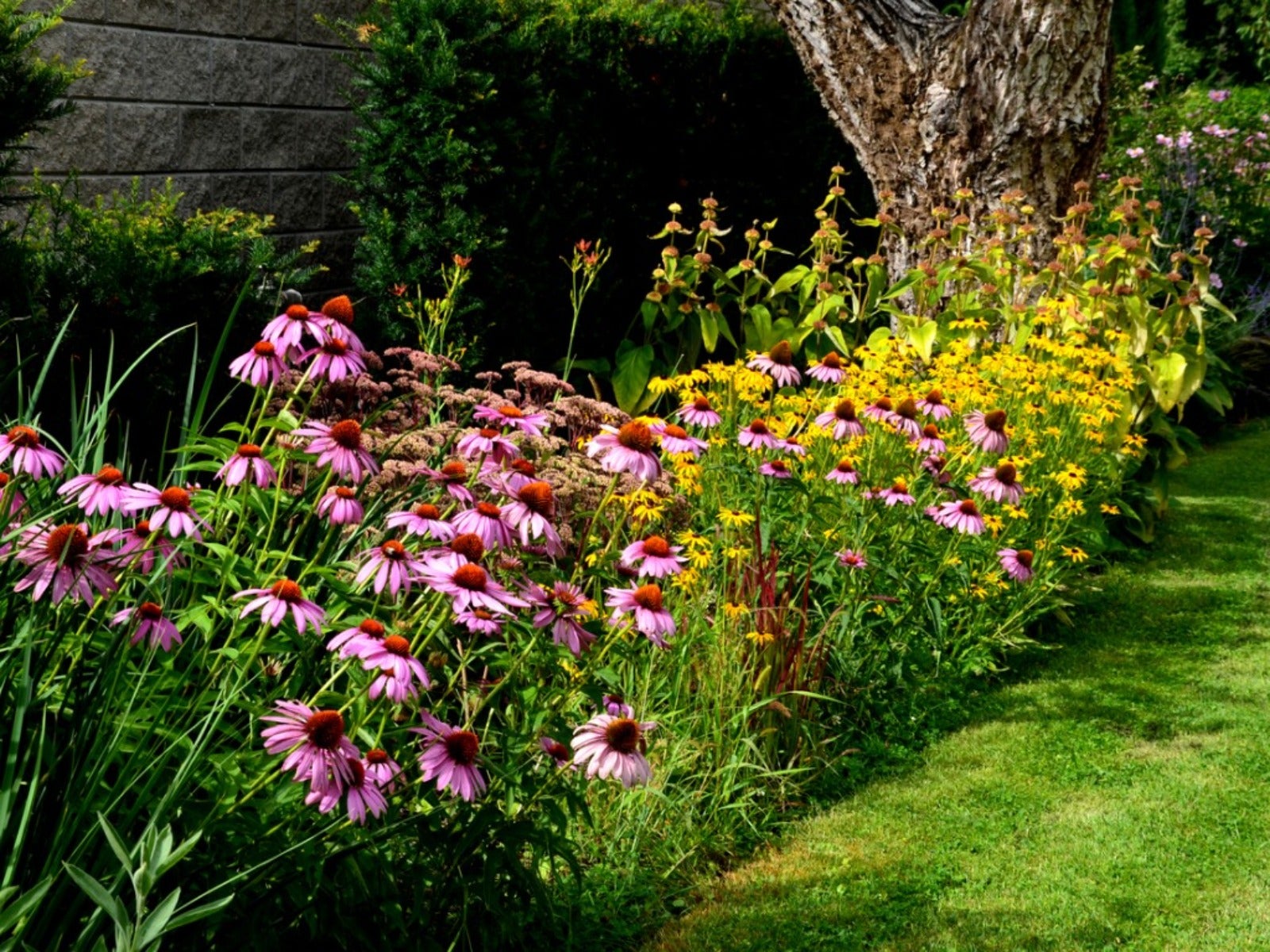 How Wildflower Strips Help Attract Pollinators To Your Yard
How Wildflower Strips Help Attract Pollinators To Your YardIf you have a small garden spot or strip available, fill it with wildflowers for our hungry pollinators. Click to learn more.
By Tonya Barnett
-
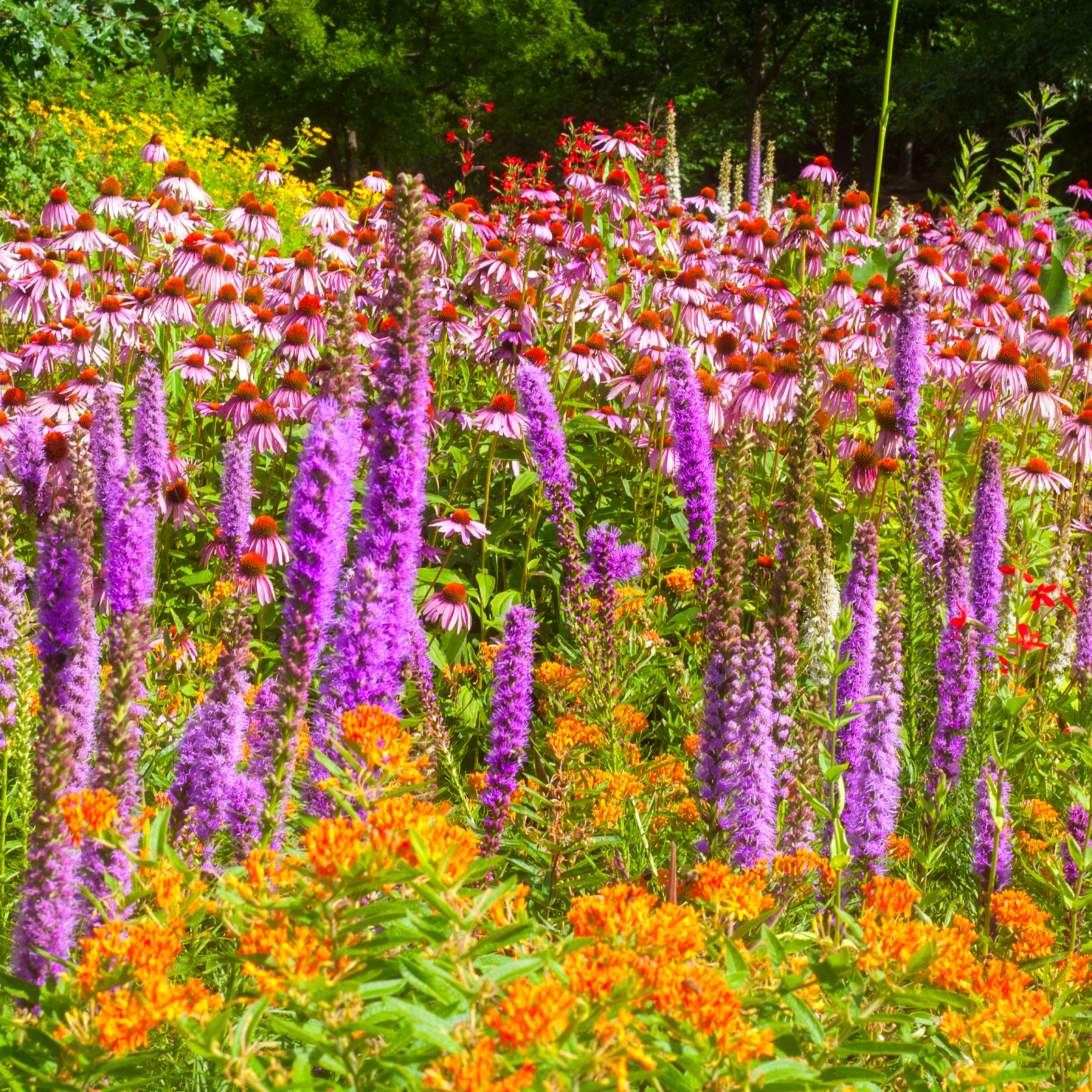 10 Knockout Native Flowers To Add A Punch Of Color To Your Garden
10 Knockout Native Flowers To Add A Punch Of Color To Your GardenGrowing native is the way to go. See our list of ten native wildflowers that will knock you out with color.
By Amy Grant
-
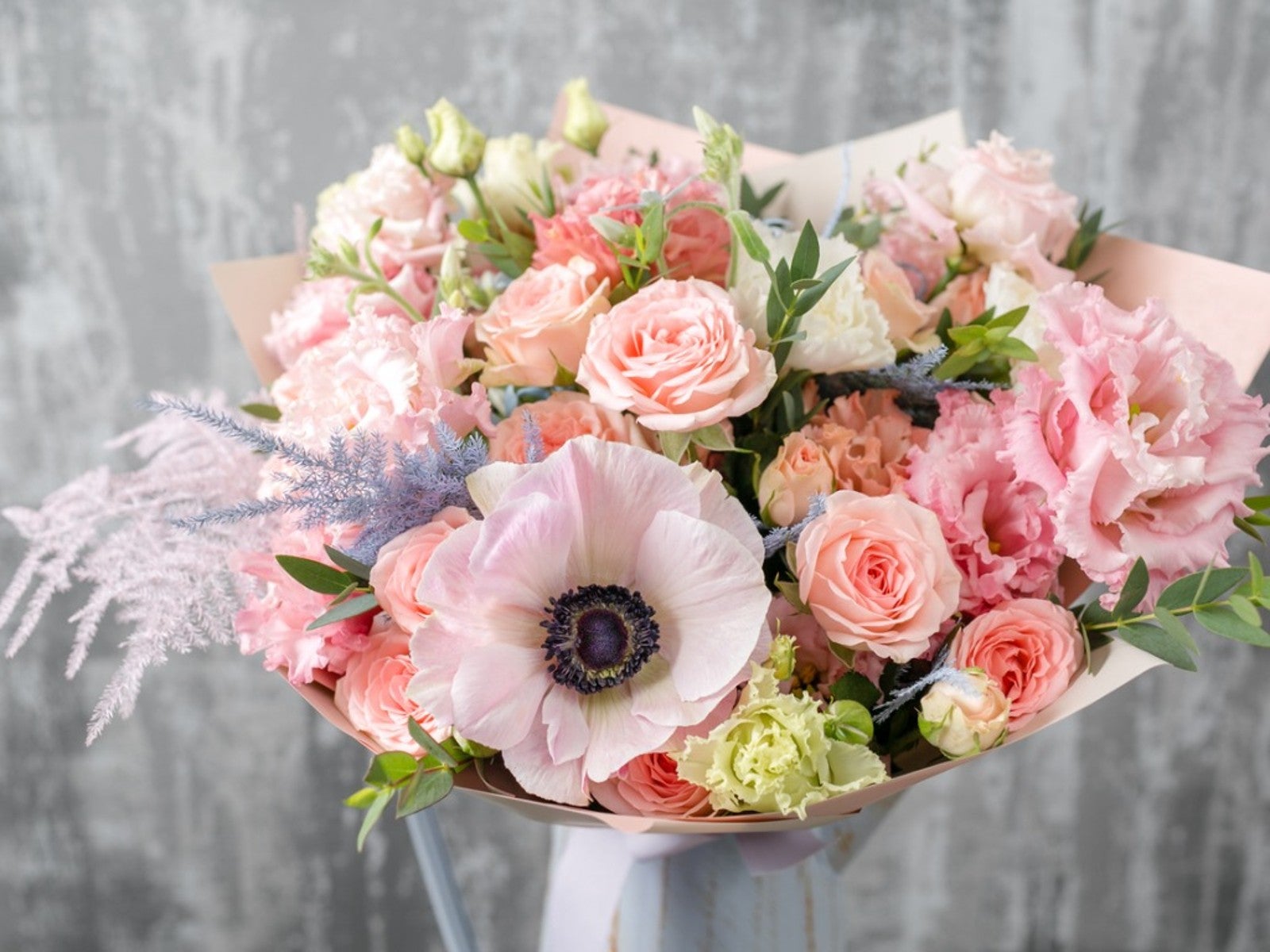 Pretty Plants For A Pastel Flower Bouquet
Pretty Plants For A Pastel Flower BouquetRoses aren’t the only romantic flower. Some romantic pastel flowers can fill in beautifully.
By Tonya Barnett
-
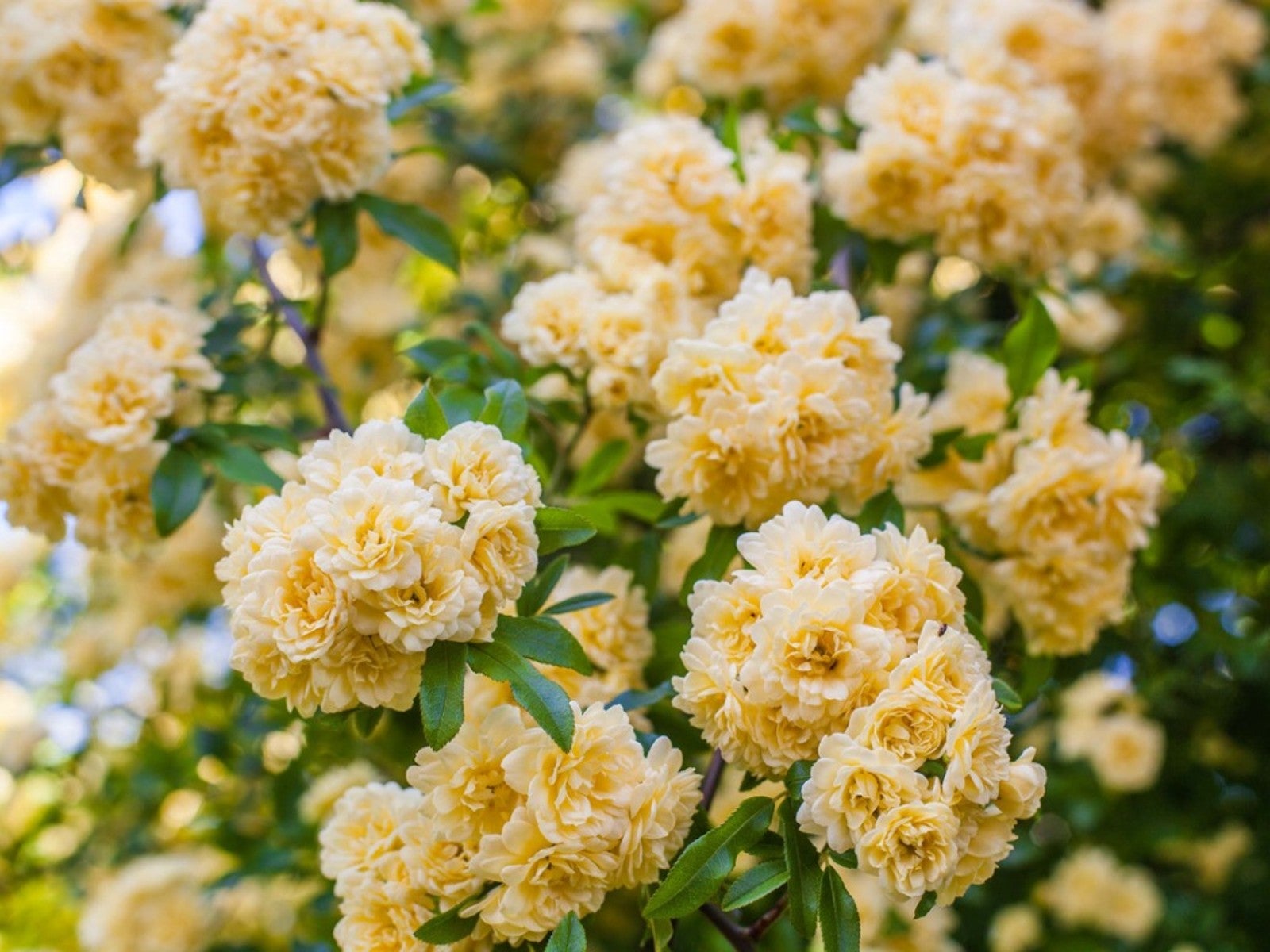 Soft Yellow Plants For A Sunny Pastel Garden
Soft Yellow Plants For A Sunny Pastel GardenClick here for ideas on some pale yellow flower varieties for pastel garden designs.
By Tonya Barnett
-
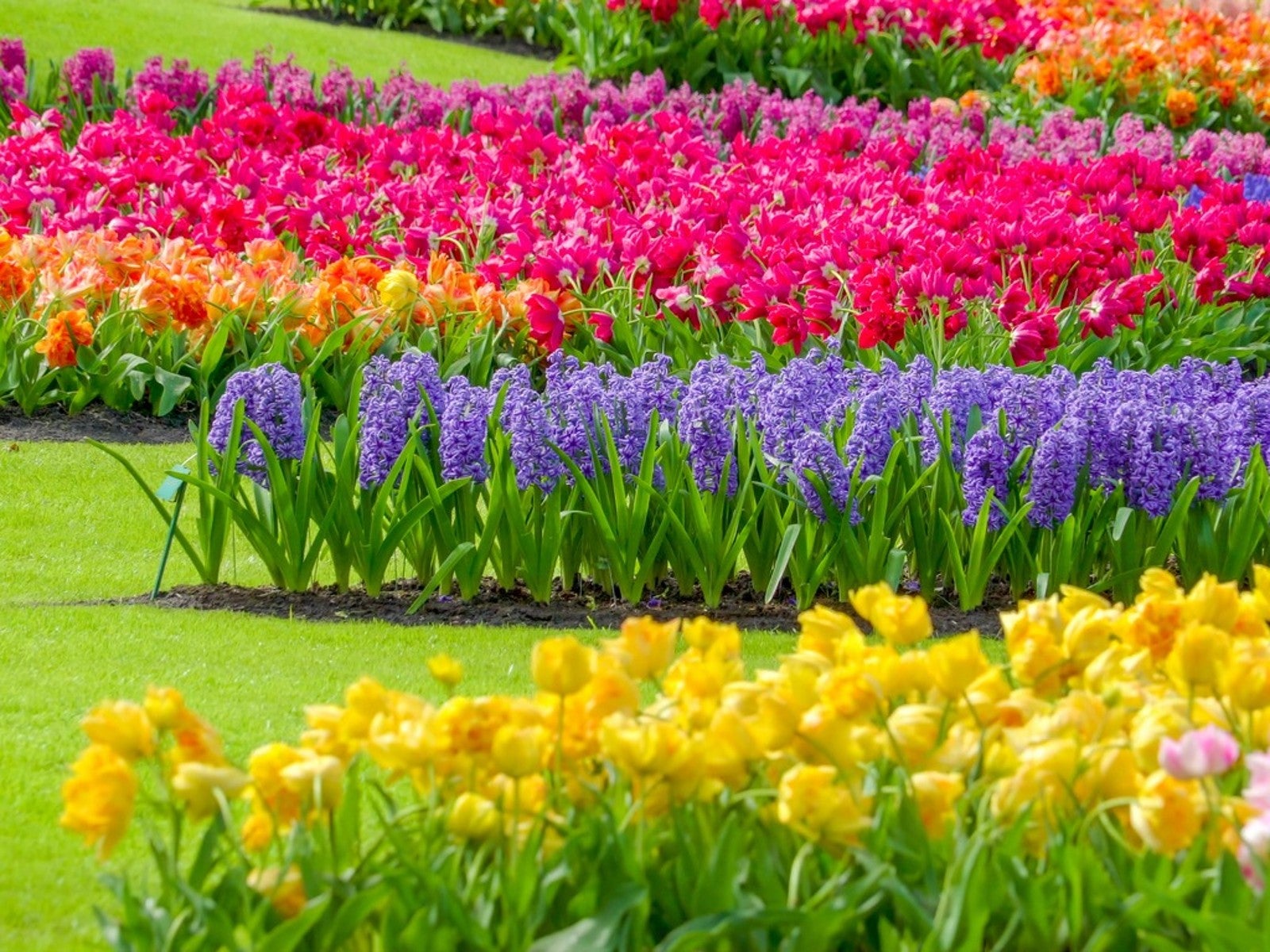 Most Common Flower Color In The World
Most Common Flower Color In The WorldWhat are the most common and least common flower colors in the world? Click here to find out.
By Mary Ellen Ellis
-
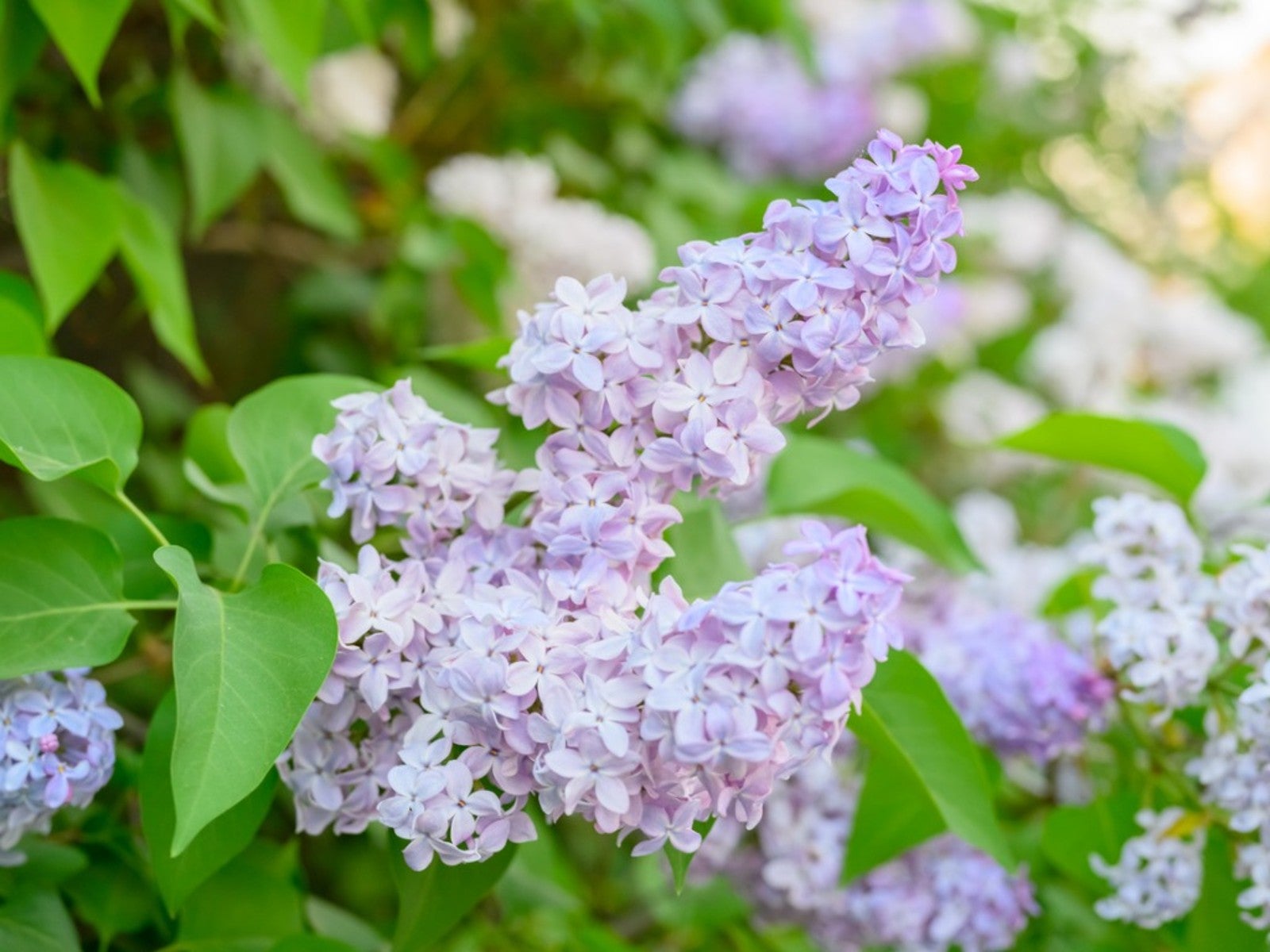 Pastel Plants For A Lovely, Light Purple Flower Garden
Pastel Plants For A Lovely, Light Purple Flower GardenClick here for ideas on some light purple plants for a pretty, pastel garden display.
By Tonya Barnett
-
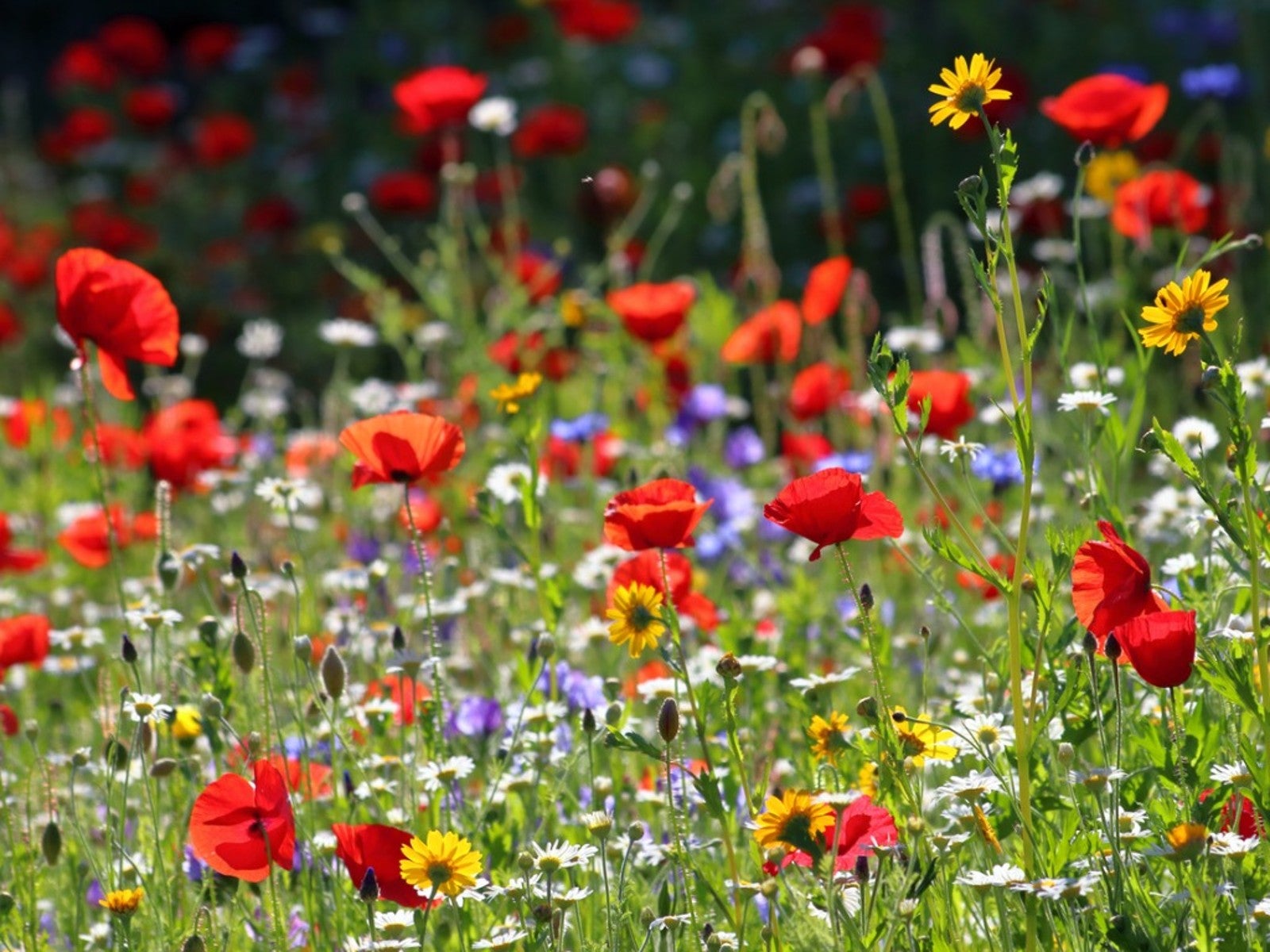 Plant Wildflower Seeds In Fall for A Stunning Spring Display
Plant Wildflower Seeds In Fall for A Stunning Spring DisplayCan you plant wildflower seeds in fall? What makes fall the best time to sow wildflower seeds? Click here for more.
By Tonya Barnett